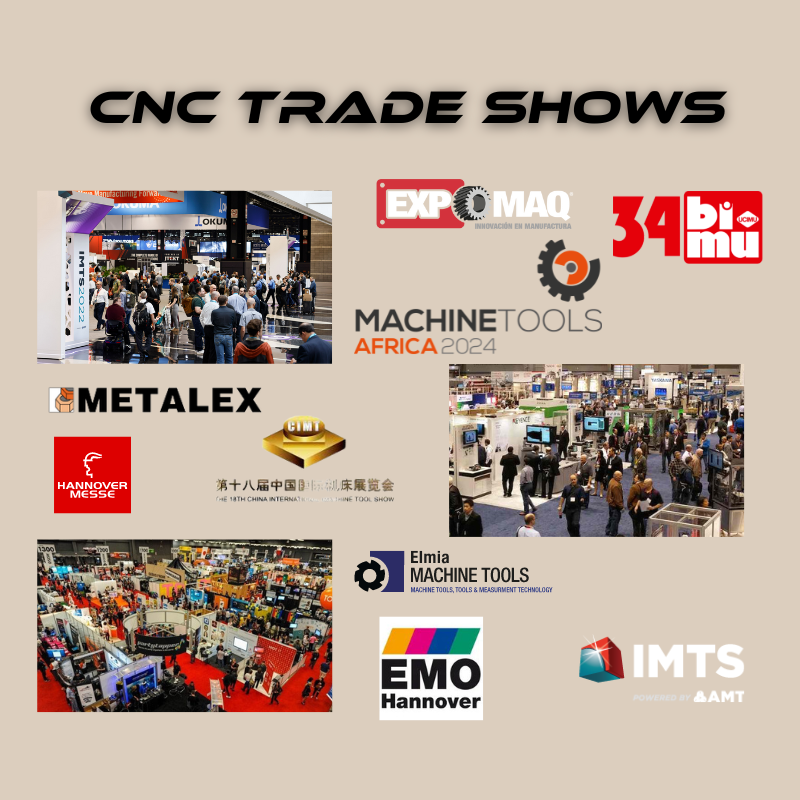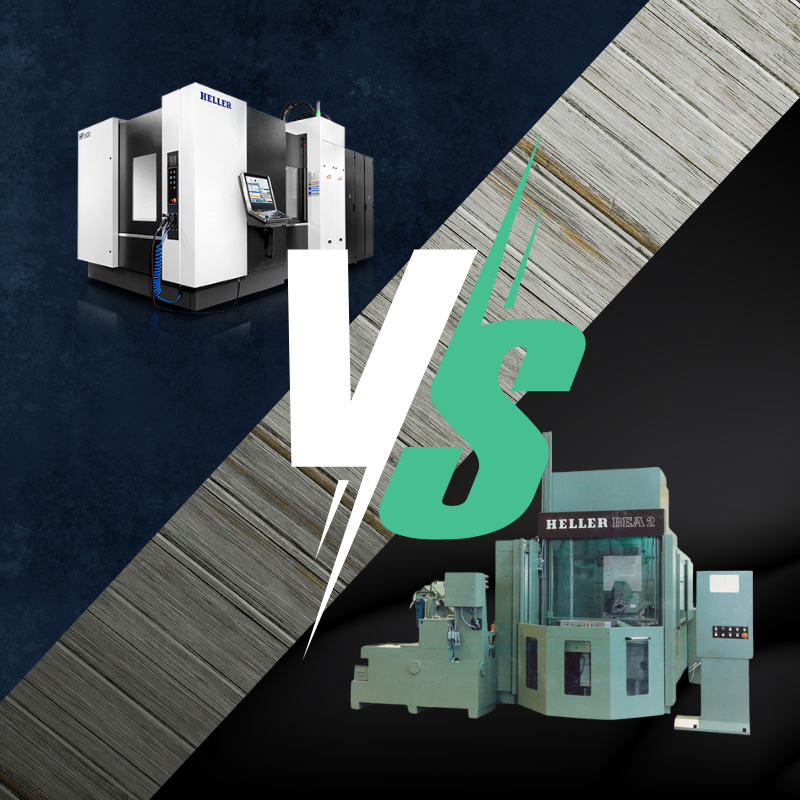Before buying a dual spindle CNC machine, it’s essential to consider its capabilities, compatibility with your production needs, cost implications, and the technical support offered by the manufacturer. These machines offer increased productivity and precision but require a thorough understanding of their operation and maintenance.
Dual spindle CNC machines are at the forefront of machining technology, offering unparalleled efficiency and flexibility. With two spindles operating independently or in tandem, these machines can significantly reduce cycle times by simultaneously machining different parts or performing multiple operations on the same part. This capability is particularly beneficial for high-volume production where time savings directly translate to increased output and reduced costs.
However, the advantages of dual spindle CNCs extend beyond just productivity. They also offer:
- Precision and Consistency: Dual spindles enable precise control over machining processes, ensuring high-quality finishes and consistency across batches.
- Flexibility: The ability to perform various operations without changing setups reduces downtime and enhances the machine’s versatility.
- Space Efficiency: By combining the functions of two machines into one, dual spindle CNCs save valuable floor space in manufacturing facilities.
Maximizing the efficiency of dual spindle CNC machines is important for manufacturers looking to leverage the full potential of their investment. These advanced machines, designed to perform multiple operations simultaneously or in tandem, offer a unique opportunity to enhance productivity, reduce cycle times, and increase precision.
Choosing Between Single and Double Spindle CNC
When it comes to optimizing your manufacturing processes, the choice between single and double spindle CNC machines is important.
Single spindle CNC machines are ideal for simpler, less time-sensitive tasks, offering precision and reliability. Double spindle CNCs, on the other hand, provide higher productivity and efficiency for complex and high-volume production by allowing simultaneous machining operations. The choice depends on your specific manufacturing requirements, including volume, complexity, and budget.
Single Spindle CNC Machines
Single spindle CNC machines are the backbone of many machining operations, prized for their precision and versatility. Equipped with one spindle, these machines perform one operation at a time, making them suitable for a wide range of applications, from prototype development to small batch production. The simplicity of single spindle CNCs allows for straightforward operation and maintenance, making them a cost-effective option for many shops.
However, the main limitation of single spindle machines is their productivity. Since they can only handle one part at a time, the production rate is slower compared to double spindle CNCs. This makes single spindle machines less ideal for high-volume or time-sensitive production runs.
Double Spindle CNC Machines
Double spindle CNC machines represent a significant advancement in machining technology, offering the ability to machine two parts simultaneously or perform two operations on the same part without manual intervention. This dual capability drastically reduces cycle times and increases output, making double spindle CNCs ideal for high-volume production environments.
The benefits of double spindle CNCs include:
- Increased Productivity: By working on two parts at once, these machines can double production rates compared to single spindle counterparts.
- Reduced Cycle Times: Simultaneous operations minimize the need for part handling and setup changes, speeding up the overall manufacturing process.
- Improved Precision: Double spindle CNCs maintain high precision across both spindles, ensuring consistent quality even during high-speed production.
Despite these advantages, the complexity and cost of double spindle CNC machines are higher. They require a larger initial investment and more sophisticated programming and operation skills. Therefore, assessing the potential return on investment is important when considering a double spindle machine.
Choosing between single and double spindle CNC machines boils down to your specific production requirements and long-term goals. For operations focused on custom or low-volume production, a single spindle CNC might be the most economical and flexible option. Conversely, if your priority is to maximize productivity and efficiency in high-volume scenarios, investing in a double spindle CNC could yield significant benefits.
Consider factors such as:
- Production Volume: High-volume environments benefit more from double spindle machines.
- Part Complexity: If your parts require multiple operations, a double spindle CNC can reduce cycle times.
- Budget Constraints: Evaluate the cost-effectiveness of each option based on your budget and expected ROI.
- Future Growth: Anticipate future production needs to choose a machine that can scale with your business.
The Economic Benefits of a Second Spindle in CNCs
Investing in a second spindle for your CNC machine might seem like a significant upfront cost, but the long-term savings and efficiency gains can be substantial.
A second spindle CNC machine reduces cycle times, increases production rates, and minimizes labor costs by enabling simultaneous machining operations. This efficiency not only speeds up production but also reduces energy consumption and tool wear, translating into significant cost savings over time.
The introduction of a second spindle into CNC machining brings forth a multitude of cost-saving benefits that can significantly impact the bottom line of manufacturing operations. Here are the key ways in which a second spindle contributes to cost efficiency:
- Reduced Cycle Times: By performing operations simultaneously, a second spindle can halve the production time for parts, leading to faster order fulfillment and increased capacity without additional labor costs.
- Increased Productivity: Doubling up on spindles means doubling the output for certain operations, enabling manufacturers to take on more work and generate higher revenue with the same machine footprint.
- Labor Efficiency: With the machine doing more of the work simultaneously, there's less need for manual intervention, allowing operators to focus on multiple tasks or machines, optimizing labor costs.
- Energy Efficiency: Operating a single machine with dual capabilities is more energy-efficient than running two separate machines to perform the same amount of work, resulting in lower energy bills.
- Tool Wear Reduction: Even distribution of work between two spindles can lead to more balanced tool wear, extending the life of expensive tools and reducing replacement costs.
- Improved Machine Utilization: A second spindle increases the versatility and utilization of the CNC machine, ensuring that the investment is maximally leveraged by expanding the range of producible parts.
Overcoming Challenges in Automation for Dual Spindle CNCs
Automating dual spindle CNC machines can significantly enhance productivity and efficiency, but it also presents unique challenges that require strategic solutions. Understanding and addressing these challenges is important for successful automation implementation. Here are some common obstacles and strategies to overcome them:
- Complex Programming: Dual spindle CNCs involve complex programming to synchronize operations across spindles. Solution: Invest in advanced software that offers intuitive interfaces and robust support for multi-spindle synchronization. Training for staff on these specific systems can also mitigate programming complexities.
- Integration with Existing Systems: Ensuring that new automation technologies integrate seamlessly with existing machinery and software can be challenging. Solution: Work with suppliers who offer customizable solutions and provide strong technical support for integration, ensuring compatibility and smooth operation.
- Tool Collision: The risk of tool collision increases with the complexity of operations in dual spindle machines. Solution: Utilize simulation software to model operations before actual machining. This allows for the identification and rectification of potential collisions in a virtual environment, ensuring safe real-world operation.
- Material Handling: Efficiently managing material flow for dual spindle operations can be complex, especially when automating. Solution: Implement automated material handling systems, such as bar feeders and robotic loaders/unloaders, that are designed to work with dual spindle setups. This ensures a consistent material supply and reduces downtime.
- Workforce Adaptation: The shift towards automation requires operators to acquire new skills and adapt to a changing workplace. Solution: Provide comprehensive training programs focused on automation technology and change management to ease the transition for your workforce, emphasizing the benefits and opportunities that automation brings.
- Maintaining Flexibility: While automation aims to improve efficiency, it's important to maintain flexibility in manufacturing processes to adapt to changing demands. Solution: Choose modular automation solutions that can be easily reconfigured for different tasks and invest in machines and software that support quick setup changes.
- Cost Management: The initial investment for automating dual spindle CNCs can be significant. Solution: Conduct a detailed cost-benefit analysis to understand the long-term savings and productivity gains. Look for financing options or grants that can help offset the initial costs.
- Quality Control: Maintaining high-quality standards is essential, especially when scaling up production. Solution: Integrate automated quality control measures, such as in-process inspection and real-time monitoring systems, to ensure that the output consistently meets the required standards.
By addressing these challenges with strategic planning and investment in the right technology, manufacturers can fully leverage the benefits of automating dual spindle CNC machines. This not only enhances productivity and efficiency but also positions companies for competitive advantage in the marketplace.




